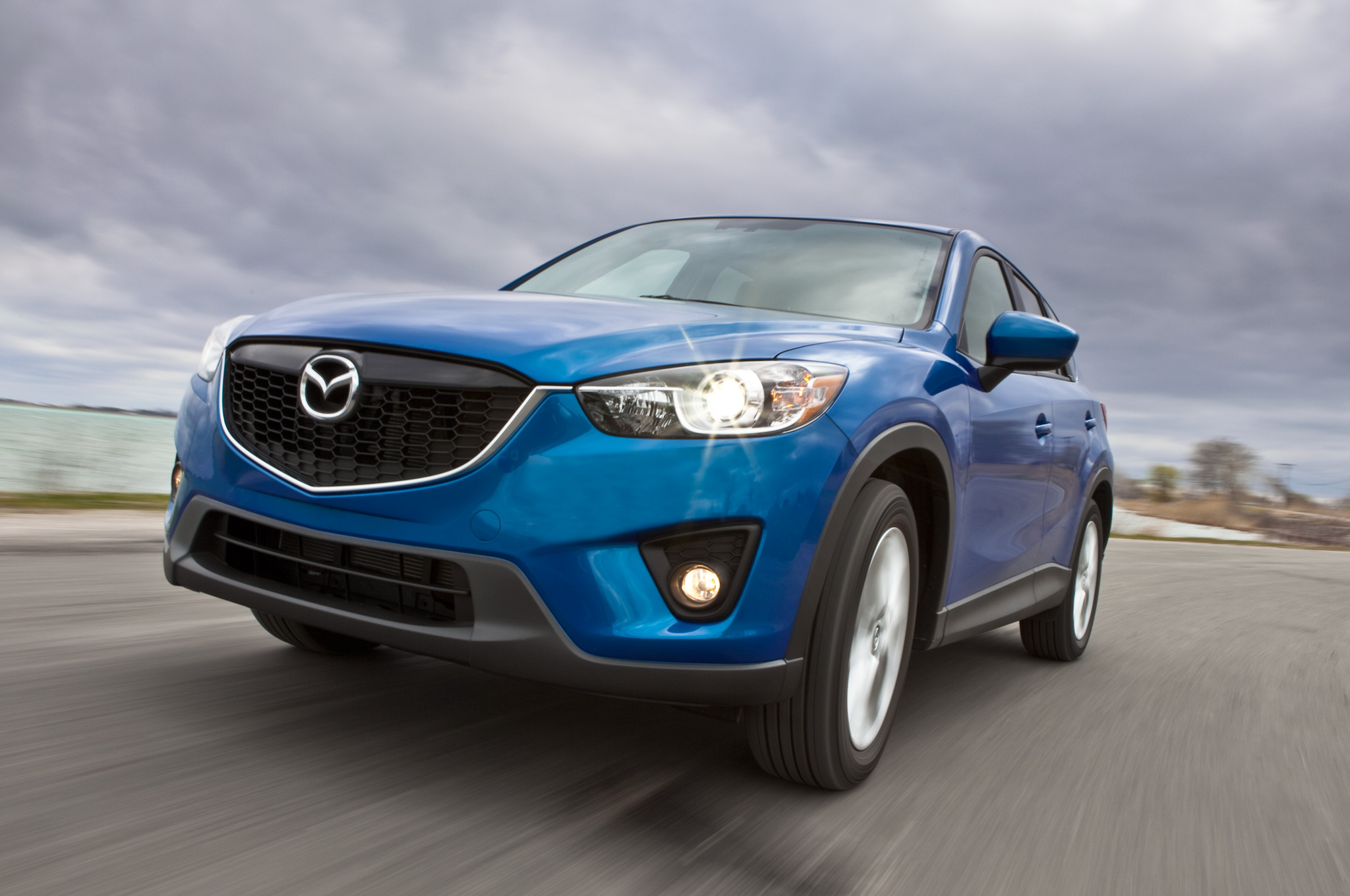The crossover SUV segment has exploded in popularity over the past decade, becoming the dominant vehicle choice for families across the globe. These versatile vehicles promise the practicality of an SUV with the fuel efficiency and handling of a car, making them ideal for daily commuting and weekend adventures.
However, not all crossovers are created equal when it comes to the most important factor: safety. In an era where crash test standards have become increasingly rigorous, some crossovers have emerged as true champions of occupant protection, while others have failed to meet even basic safety expectations.
Modern crash testing has evolved far beyond simple frontal impact tests. Organizations like the Insurance Institute for Highway Safety (IIHS) and the National Highway Traffic Safety Administration (NHTSA) now evaluate vehicles across multiple crash scenarios, including small overlap frontal crashes, side impacts, roof strength, and rollover resistance.
These comprehensive evaluations provide crucial insights into how well a vehicle will protect its occupants in real-world accidents. The importance of crash test performance cannot be overstated.
With millions of accidents occurring annually on roads worldwide, the structural integrity and safety features of your vehicle could mean the difference between walking away from a crash and suffering serious injury or death.
The best crossovers incorporate advanced high-strength steel construction, sophisticated airbag systems, and cutting-edge safety technologies that work together to create a protective cocoon around occupants. This examination of crossover safety reveals a stark divide in the industry.
While some manufacturers have invested heavily in advanced safety engineering, others have prioritized cost-cutting measures that compromise occupant protection. Understanding these differences is crucial for consumers making what may be one of the most important safety decisions of their lives.
5 Crossovers with Legendary Crash-Test Survivability
These exceptionally protective vehicles feature robust safety cage construction and precision-engineered crumple zones that maintain optimal occupant protection through the most severe collision scenarios and impact forces.
Their thoughtful engineering includes reinforced door frames and durable airbag deployment systems that resist the stress concentrations typically created by frontal impacts, side collisions, and the complex energy management requirements of modern crash protection.
From advanced high-strength steel construction that channels impact forces away from passengers to comprehensive restraint systems that secure occupants during multiple collision phases, these remarkable crossovers continue protecting like new without developing structural weaknesses or safety system failures.
Safety researchers report consistently superior crash test performance with these dependable protection systems an often-overlooked engineering achievement that proves its worth through consistent occupant survival rates and maintained structural integrity throughout ownership.
1. Subaru Forester
The Subaru Forester stands as a testament to the Japanese manufacturer’s unwavering commitment to safety excellence. This compact crossover has consistently earned top safety ratings from both IIHS and NHTSA, making it one of the most trusted vehicles in its class.
The Forester’s legendary crash-test survivability stems from Subaru’s ring-shaped reinforcement frame, which distributes crash forces throughout the entire vehicle structure rather than concentrating them at specific points.
The Forester’s safety architecture begins with its use of high-tensile steel in critical areas, creating a rigid safety cage that maintains structural integrity during severe impacts.
The vehicle’s crumple zones are precisely engineered to absorb maximum energy while directing forces away from the passenger compartment. In IIHS testing, the Forester consistently achieves “Good” ratings across all crash test categories, including the challenging small overlap front test that many vehicles struggle with.
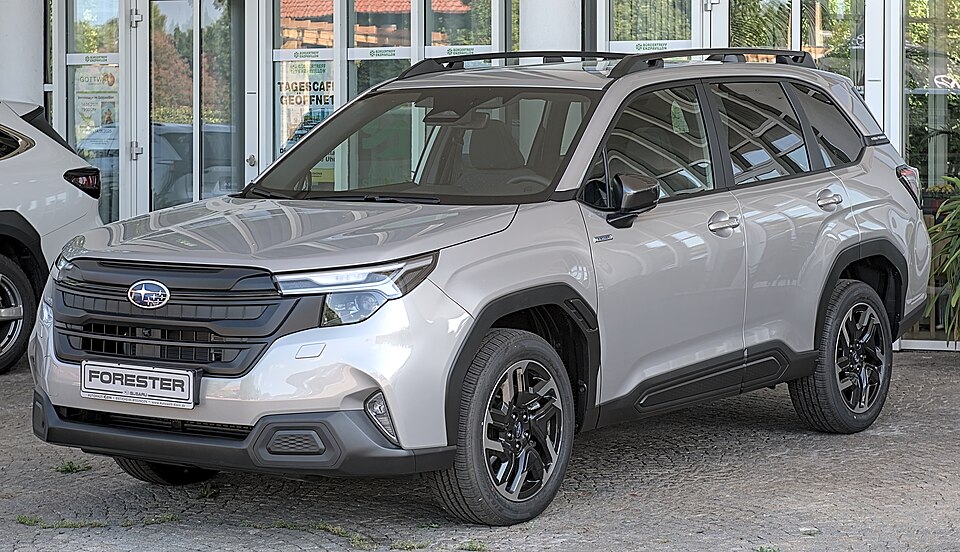
One of the most impressive aspects of the Forester’s safety performance is its ability to protect occupants in real-world crash scenarios. The vehicle’s advanced airbag system includes not only standard front and side airbags but also knee airbags for the driver and passenger, as well as side curtain airbags that protect in rollover situations.
The integration of these safety systems with the vehicle’s structure creates a comprehensive protection network that has saved countless lives. Insurance industry data supports Forester’s safety reputation, with lower injury claim rates compared to many competitors.
The combination of excellent crash test performance and real-world safety statistics makes the Forester a standout choice for safety-conscious consumers.
The vehicle’s ability to protect occupants in a wide variety of crash scenarios, from minor fender-benders to severe multi-vehicle accidents, demonstrates the effectiveness of its comprehensive safety design.
2. Honda CR-V
The Honda CR-V has established itself as one of the safest crossovers on the market through decades of continuous safety innovation and refinement. Honda’s commitment to occupant protection is evident in the CR-V’s advanced body structure, which utilizes the company’s Advanced Compatibility Engineering (ACE) body structure.
This innovative design helps manage crash energy more effectively by using a network of connected structural elements that work together to reduce and redirect crash forces.
The CR-V’s safety excellence is most apparent in its consistent top ratings from both major testing organizations. The vehicle routinely achieves 5-star overall ratings from NHTSA and Top Safety Pick awards from IIHS, demonstrating its ability to protect occupants across a wide range of crash scenarios.
The CR-V’s performance in the challenging small overlap front test is particularly noteworthy, as this test simulates one of the most dangerous real-world crash scenarios where a vehicle strikes a narrow object like a tree or utility pole.
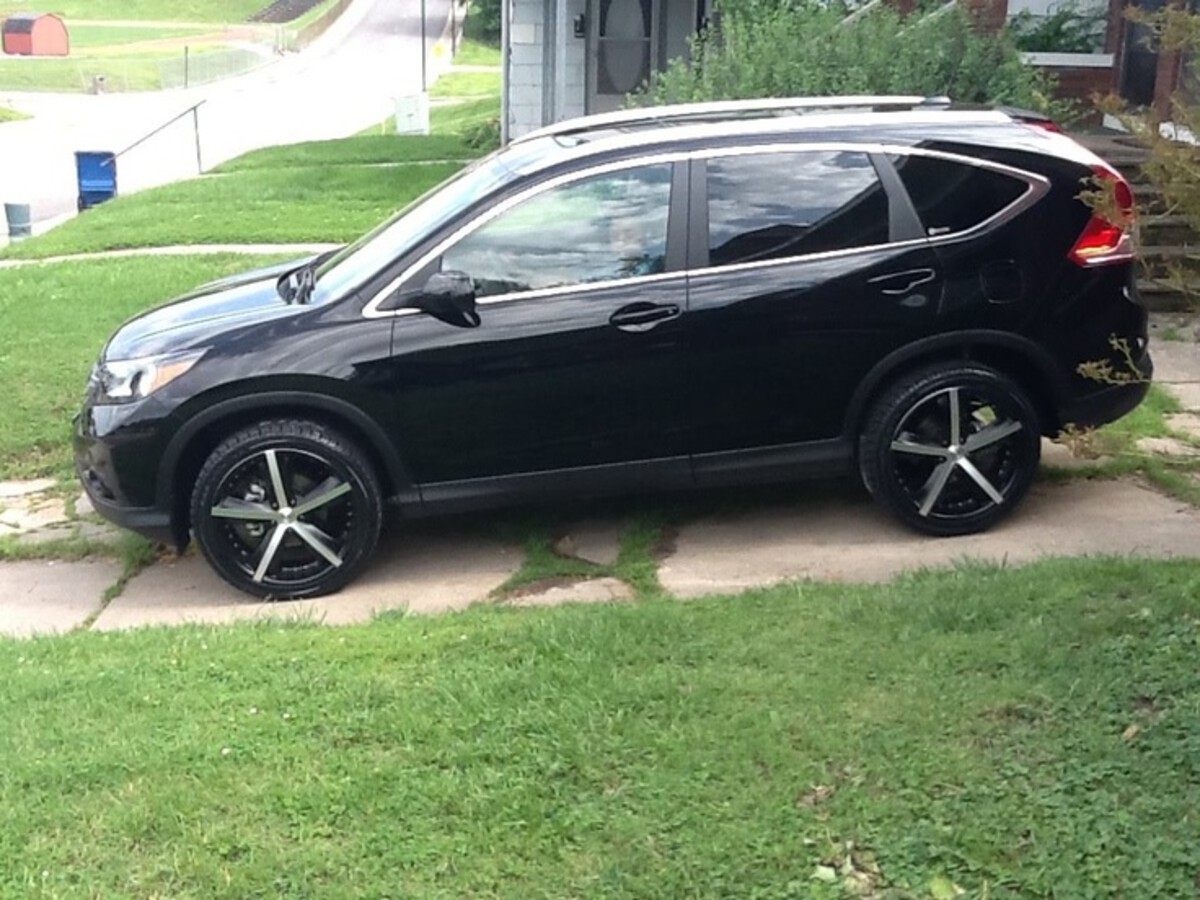
Honda’s approach to crossover safety goes beyond basic structural integrity to include sophisticated restraint systems. The CR-V features a comprehensive airbag system that includes dual-stage front airbags, side impact airbags, and side curtain airbags that provide protection for all seating positions.
The integration of these systems with the vehicle’s seatbelt pretensioners and load limiters creates a coordinated response that optimizes occupant protection during impact.
The CR-V’s safety performance is further enhanced by its excellent pedestrian protection features. The vehicle’s front end is designed to minimize injury to pedestrians in the event of a collision, with specific attention paid to the hood structure and bumper design.
This focus on pedestrian safety reflects Honda’s comprehensive approach to vehicle safety that extends beyond just occupant protection. The CR-V’s reputation for safety extends beyond test results to include real-world crash data that consistently shows lower injury rates compared to many competitors.
This real-world performance validates the effectiveness of Honda’s safety engineering and reinforces the CR-V’s position as one of the safest crossovers available to consumers.
3. Mazda CX-5
The Mazda CX-5 represents a masterclass in safety engineering, combining innovative structural design with advanced materials to create one of the most crash-worthy crossovers in the market.
Mazda’s approach to safety is based on its SKYACTIV-Body architecture, which uses a sophisticated network of structural elements that work together to manage crash forces more effectively than traditional designs.
This approach has resulted in consistently high safety ratings and real-world crash performance that sets the CX-5 apart from many competitors. The foundation of the CX-5’s crash-test survivability lies in its advanced high-strength steel construction.
Mazda has strategically used ultra-high-tensile steel in key areas of the vehicle structure, creating a rigid safety cage that maintains its integrity even under severe impact conditions.
This material selection is complemented by precise engineering of the vehicle’s crumple zones, which are designed to absorb maximum energy while directing forces away from the passenger compartment.
The CX-5’s advanced restraint system plays a crucial role in its safety excellence. The vehicle features a sophisticated airbag system that includes not only standard front and side airbags but also advanced curtain airbags that protect rollover scenarios.

The integration of these systems with adaptive seatbelt pretensioners creates a coordinated response that optimizes occupant protection based on crash severity and occupant position.
Mazda’s attention to safety detail is evident in the CX-5’s door structure design. The doors incorporate multiple reinforcement beams and energy-absorbing materials that help distribute side impact forces across the entire door frame.
This design approach significantly reduces the risk of intrusion into the passenger compartment during side-impact collisions, which are among the most dangerous types of crashes for crossover vehicles.
The CX-5’s reputation for crash-test survivability is supported by extensive real-world crash data that consistently shows lower injury rates compared to many competitors.
This real-world performance validates the effectiveness of Mazda’s safety engineering and reinforces the CX-5’s position as one of the safest choices in the competitive crossover market.
4. Toyota Highlander
The Toyota Highlander represents the pinnacle of three-row crossover safety, combining the practicality of a large family vehicle with uncompromising occupant protection.
Toyota’s approach to safety in the Highlander is based on their Global Architecture (TNGA) platform, which provides a robust foundation for advanced safety systems while maintaining the flexibility needed for a spacious interior.
This platform has enabled Toyota to create a vehicle that consistently achieves top safety ratings while offering the space and utility that families require.
The Highlander’s safety excellence begins with its sophisticated body structure, which uses a combination of high-strength steel and strategic reinforcement to create a rigid safety cage.
This structure is designed to maintain its integrity even in severe crash conditions, protecting occupants in all three rows of seating. The challenge of protecting third-row passengers in a crossover format is particularly complex, as these occupants are positioned closer to the rear of the vehicle, where crash forces from rear-end collisions are most concentrated.
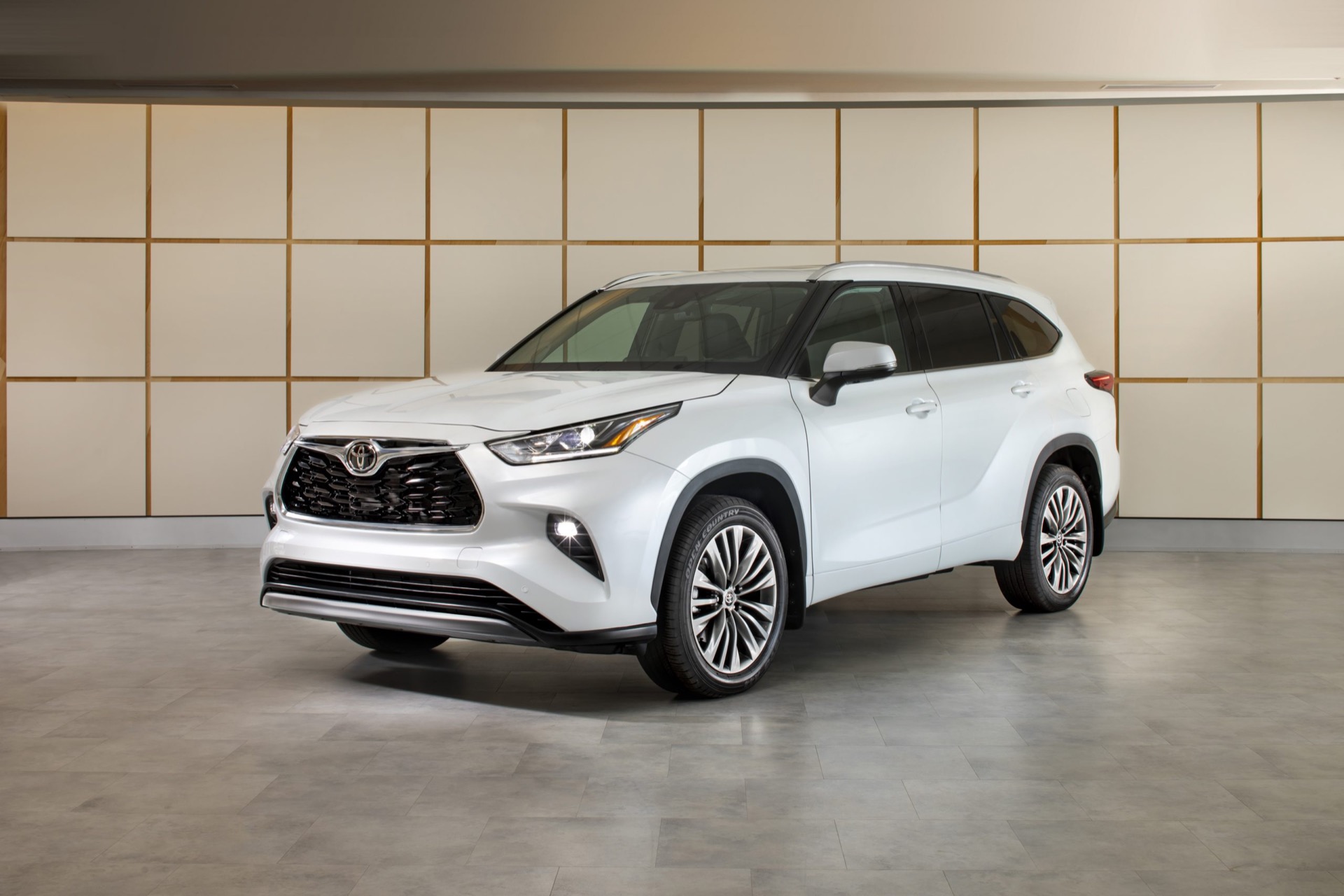
One of the most impressive aspects of the Highlander’s safety design is its ability to manage the complex forces generated in multi-vehicle accidents.
The vehicle’s structure is engineered to distribute crash forces across multiple load paths, preventing any single structural element from being overwhelmed.
This approach is particularly important for larger vehicles like the Highlander, which may be involved in accidents with smaller vehicles where weight and size differences can create complex crash dynamics.
The Highlander’s safety excellence is supported by extensive real-world crash data that consistently shows lower injury rates compared to many competitors in the three-row crossover segment.
This real-world performance validates the effectiveness of Toyota’s safety engineering and reinforces the Highlander’s position as one of the safest choices for families requiring a larger vehicle.
Also Read: 5 High-Reliability Work Vans and 5 That Always Break Down on Site
5. Lexus NX
The Lexus NX represents the luxury segment’s commitment to uncompromising safety, combining premium materials and advanced engineering to create one of the most crash-worthy crossovers available.
Lexus’s approach to safety is based on their commitment to creating vehicles that not only meet but exceed all applicable safety standards, resulting in a crossover that consistently achieves top ratings from both IIHS and NHTSA while offering the refined driving experience expected from a luxury brand.
The NX’s safety excellence begins with its sophisticated body structure, which utilizes Lexus’s Global Architecture for luxury vehicles. This platform provides a robust foundation for advanced safety systems while maintaining the refined ride quality that luxury buyers expect.
The structure uses a combination of high-strength steel and aluminum components strategically placed to optimize both safety and performance characteristics.
One of the most impressive aspects of the NX’s safety design is its ability to integrate advanced safety technologies seamlessly with the vehicle’s luxury appointments.
The comprehensive airbag system includes not only standard protection features but also advanced knee airbags and side curtain airbags that are carefully integrated into the vehicle’s interior design. This integration ensures that safety systems do not compromise the luxury experience while providing maximum protection.
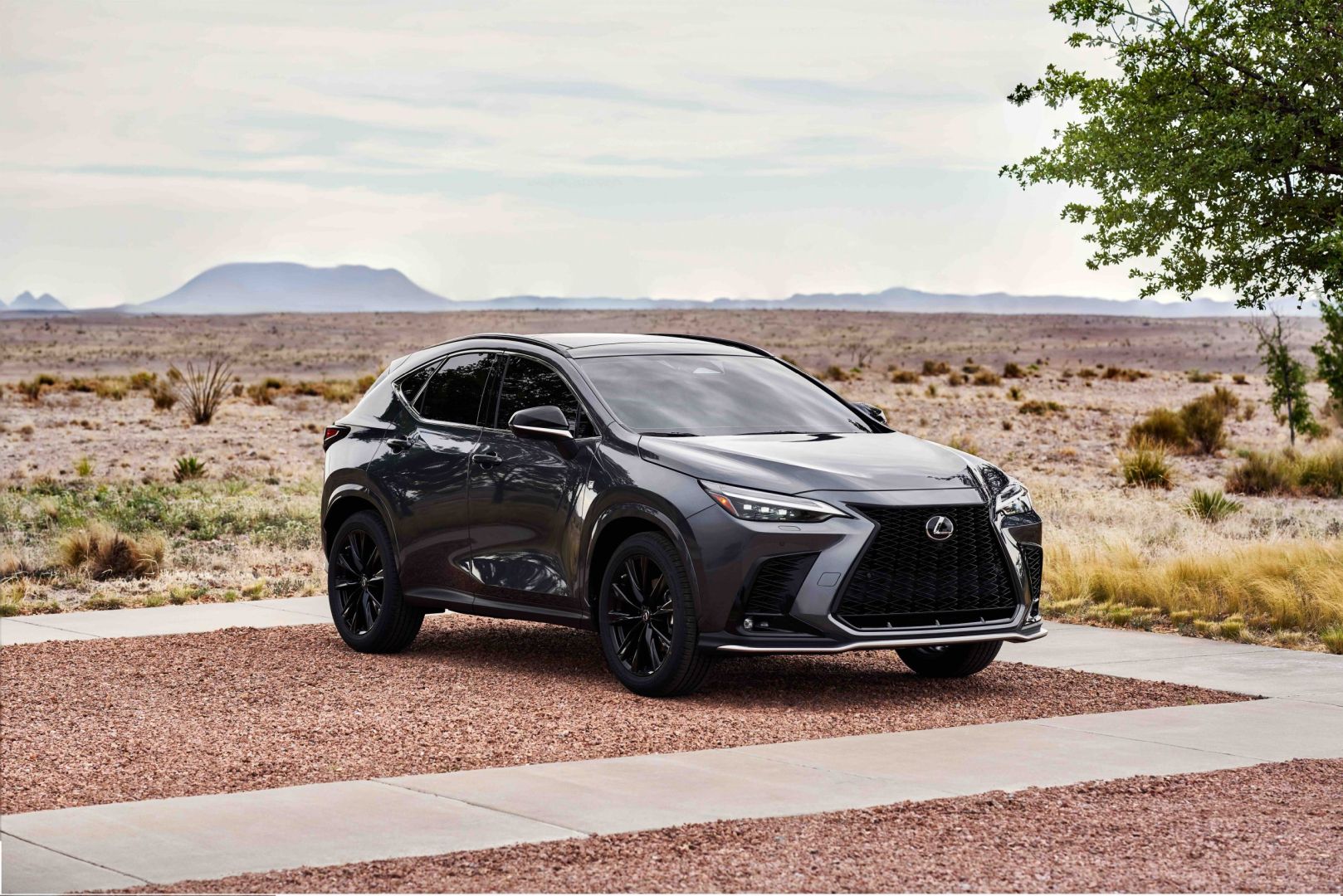
The NX’s advanced restraint system is specifically tuned to provide optimal protection for occupants of different sizes and seating positions. The vehicle features adaptive seatbelt pretensioners that adjust their response based on crash severity and occupant characteristics, working in conjunction with dual-stage airbags to optimize protection.
This sophisticated approach to occupant protection reflects Lexus’s commitment to personalized safety that adapts to specific crash conditions. The NX’s reputation for safety excellence is supported by extensive testing and validation that goes beyond standard industry requirements.
Lexus conducts additional testing to ensure that their vehicles provide optimal protection in a wide range of crash scenarios, including those not covered by standard testing protocols. This commitment to comprehensive safety testing reflects the brand’s dedication to providing the highest level of protection for its customers.
5 Crossovers That Fall Short in Crash Tests
These problematic vehicles demonstrate recurring structural failures that cause catastrophic safety system breakdowns during collision events, creating dangerous scenarios where occupants face increased injury risk and reduced survival chances.
Their compromised engineering includes inadequate crumple zone designs prone to collapse failure, creating ongoing safety nightmares that endanger families and generate tragic accident outcomes.
From airbag systems that deploy incorrectly during impacts to door frames that crush inward during side collisions, these unreliable safety systems generate extensive crash investigation documentation and devastating injury reports.
Safety advocates frequently report poor crash test results and increased fatality rates with these structurally-compromised machines a reflection of design shortcuts and inadequate testing that prioritize manufacturing cost reduction over occupant safety and crash survivability.
1. Mitsubishi Outlander
The Mitsubishi Outlander stands as a cautionary tale in crossover safety, demonstrating how cost-cutting measures and outdated design philosophy can compromise occupant protection.
Despite multiple generations and redesigns, the Outlander has consistently struggled to achieve the safety ratings expected in today’s competitive crossover market.
The vehicle’s safety shortcomings are most apparent in its structural design, which relies on older steel grades and construction methods that are simply inadequate for modern crash protection requirements.
The Outlander’s most significant safety weakness lies in its basic body structure, which fails to provide adequate protection in several critical crash scenarios.
The vehicle’s performance in the IIHS small overlap front test has been particularly poor, with the passenger compartment showing significant intrusion and the dummy experiencing dangerous levels of force.
This test simulates one of the most common and dangerous real-world crash scenarios, making the Outlander’s poor performance particularly concerning for potential buyers.
The root cause of the Outlander’s safety deficiencies can be traced to Mitsubishi’s decision to prioritize cost savings over safety investments. The vehicle’s structure uses lower-grade steel in critical areas, resulting in a safety cage that lacks the rigidity needed to protect occupants in severe crashes.
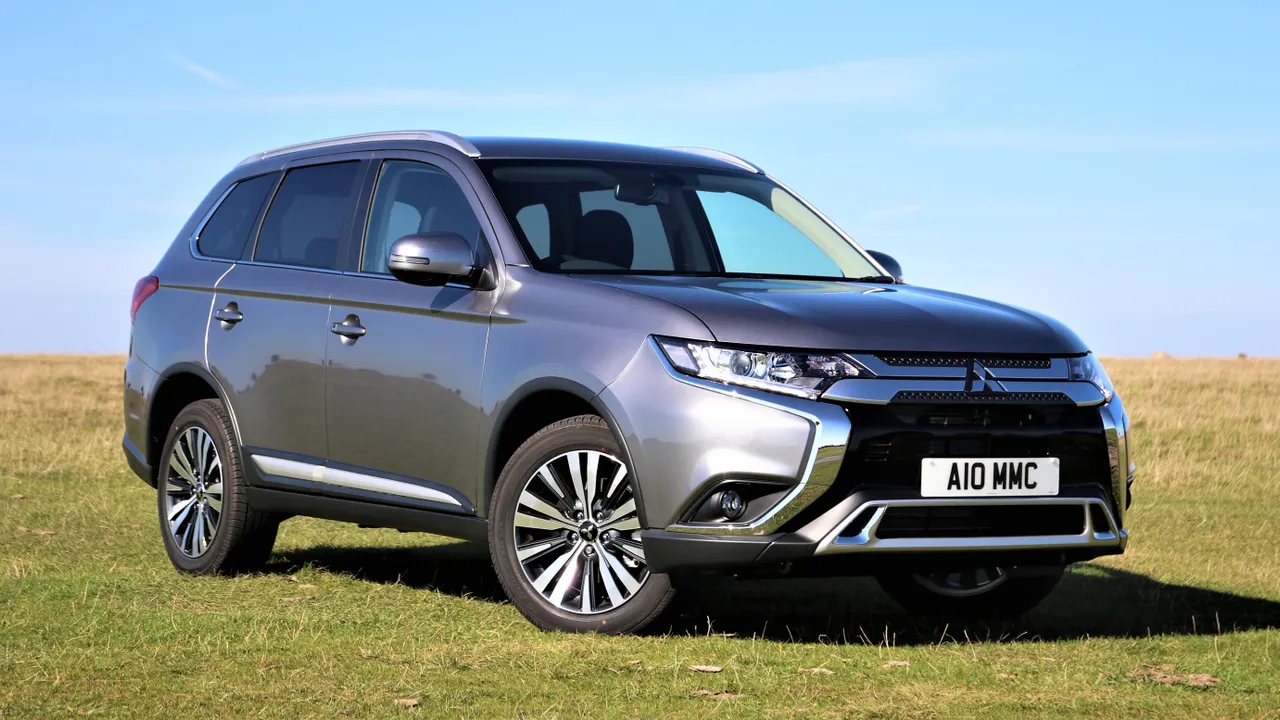
This cost-cutting approach is further evident in the vehicle’s limited use of advanced high-strength steel, which is considered essential for modern crashworthiness. The Outlander’s restraint system also shows significant deficiencies compared to class-leading competitors.
The vehicle’s airbag system, while meeting basic regulatory requirements, lacks the sophisticated deployment algorithms and advanced sensors found in safer crossovers.
The result is a system that may not provide optimal protection in all crash scenarios, particularly those involving smaller occupants or unusual seating positions.
The real-world impact of the Outlander’s safety deficiencies is reflected in insurance industry data, which shows higher injury claim rates compared to safer competitors.
This data validates the concerns raised by standardized crash testing and reinforces the importance of choosing a crossover with proven safety credentials. For families considering the Outlander, the potential savings in purchase price must be weighed against the significantly higher risk of serious injury in the event of an accident.
2. Jeep Compass
The Jeep Compass represents a disappointing example of how iconic brand heritage cannot compensate for fundamental safety design flaws. Despite the Jeep brand’s reputation for rugged capability, the Compass has consistently struggled to achieve acceptable safety ratings, with particularly poor performance in several key crash test categories.
The vehicle’s safety shortcomings are most apparent in its structural design, which fails to provide adequate protection in several critical crash scenarios that are common in real-world driving.
The Compass’s most significant safety weakness is its poor performance in the IIHS small overlap front test, where the vehicle’s structure shows dangerous levels of intrusion into the passenger compartment.
The test results reveal that the Compass’s A-pillar, which is critical for maintaining roof strength during a rollover, can buckle under impact forces. This structural failure creates a direct path for crash forces to reach the occupant, significantly increasing the risk of serious injury or death.
The root cause of the Compass’s safety deficiencies can be traced to Fiat Chrysler’s decision to prioritize cost savings over safety investments during the vehicle’s development.

The Compass uses an older platform that was not designed to meet modern crashworthiness standards, resulting in a structure that lacks the sophisticated energy management systems found in safer crossovers.
This cost-cutting approach is particularly evident in the vehicle’s limited use of advanced high-strength steel in critical structural areas. The Compass’s restraint system also shows significant deficiencies that compound its structural weaknesses.
The vehicle’s airbag system, while meeting basic regulatory requirements, lacks the sophisticated deployment algorithms and advanced sensors found in safer competitors. The result is a system that may not provide optimal protection in all crash scenarios, particularly those involving smaller occupants or unusual seating positions.
The real-world impact of the Compass’s safety deficiencies is reflected in insurance industry data, which shows higher injury claim rates compared to safer competitors.
This data validates the concerns raised by standardized crash testing and reinforces the importance of choosing a crossover with proven safety credentials. For families considering the Compass, the brand’s reputation for rugged capability must be weighed against the significantly higher risk of serious injury in the event of an accident.
3. Nissan Rogue Sport
The Nissan Rogue Sport, despite its appealing size and fuel economy, has consistently struggled to achieve the safety ratings expected in today’s competitive crossover market.
The vehicle’s safety shortcomings are most apparent in its structural design, which relies on older construction methods and materials that are simply inadequate for modern crash protection requirements.
This fundamental weakness has resulted in poor performance across multiple crash test categories, making the Rogue Sport a concerning choice for safety-conscious consumers.
The Rogue Sport’s most significant safety weakness lies in its basic body structure, which fails to provide adequate protection in several critical crash scenarios.
The vehicle’s performance in standardized crash tests has been particularly poor, with the passenger compartment showing significant intrusion and occupants experiencing dangerous levels of force.
This poor performance is particularly concerning given the vehicle’s marketing focus on urban families who may be more likely to encounter the types of crashes where the Rogue Sport performs poorly.
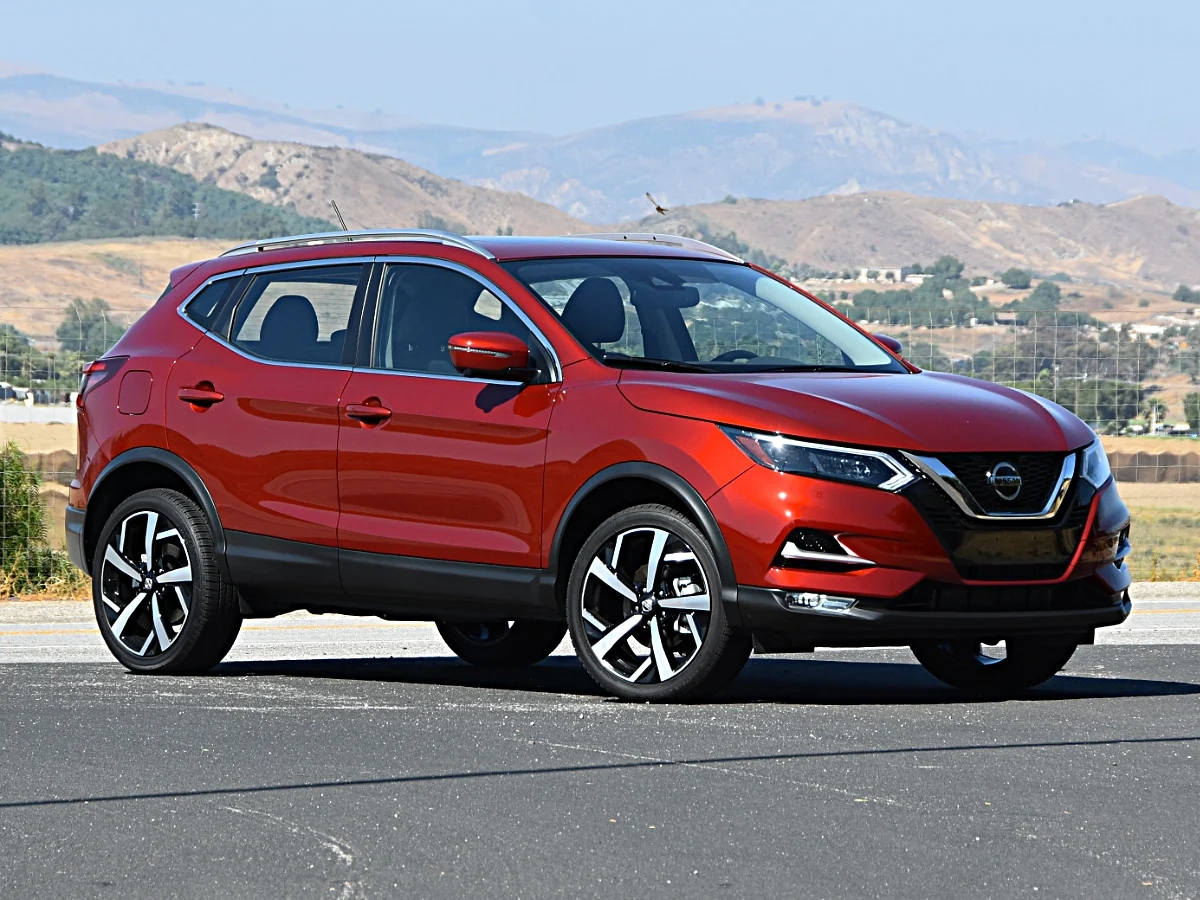
The root cause of the Rogue Sport’s safety deficiencies can be traced to Nissan’s decision to use a platform that was not originally designed to meet modern crashworthiness standards.
The vehicle’s structure uses lower-grade steel in critical areas, resulting in a safety cage that lacks the rigidity needed to protect occupants in severe crashes.
This fundamental weakness is compounded by the vehicle’s limited use of advanced high-strength steel, which is considered essential for modern crashworthiness.
The Rogue Sport’s restraint system also shows significant deficiencies compared to class-leading competitors. The vehicle’s airbag system, while meeting basic regulatory requirements, lacks the sophisticated deployment algorithms and advanced sensors found in safer crossovers.
The result is a system that may not provide optimal protection in all crash scenarios, particularly those involving smaller occupants or unusual seating positions.
The real-world impact of the Rogue Sport’s safety deficiencies is reflected in insurance industry data, which shows higher injury claim rates compared to safer competitors.
This data validates the concerns raised by standardized crash testing and reinforces the importance of choosing a crossover with proven safety credentials.
For families considering the Rogue Sport, the potential savings in purchase price must be weighed against the significantly higher risk of serious injury in the event of an accident.
4. Chevrolet Trax
The Chevrolet Trax represents a troubling example of how prioritizing cost and fuel economy over safety can result in a vehicle that fails to provide adequate protection for its occupants.
Despite being marketed as an affordable entry point into the crossover segment, the Trax has consistently struggled to achieve acceptable safety ratings, with particularly poor performance in several key crash test categories.
The vehicle’s safety shortcomings are most apparent in its basic structural design, which relies on construction methods that are simply inadequate for modern crash protection requirements.
The Trax’s most significant safety weakness is its poor performance in multiple crash test scenarios, with the vehicle’s structure showing dangerous levels of intrusion into the passenger compartment.
The test results reveal that the Trax’s basic architecture lacks the sophisticated energy management systems found in safer crossovers, resulting in a structure that cannot adequately protect occupants in severe crashes.
This fundamental weakness is particularly concerning given the vehicle’s marketing focus on young families and first-time car buyers who may be more likely to rely on their vehicle’s safety systems.
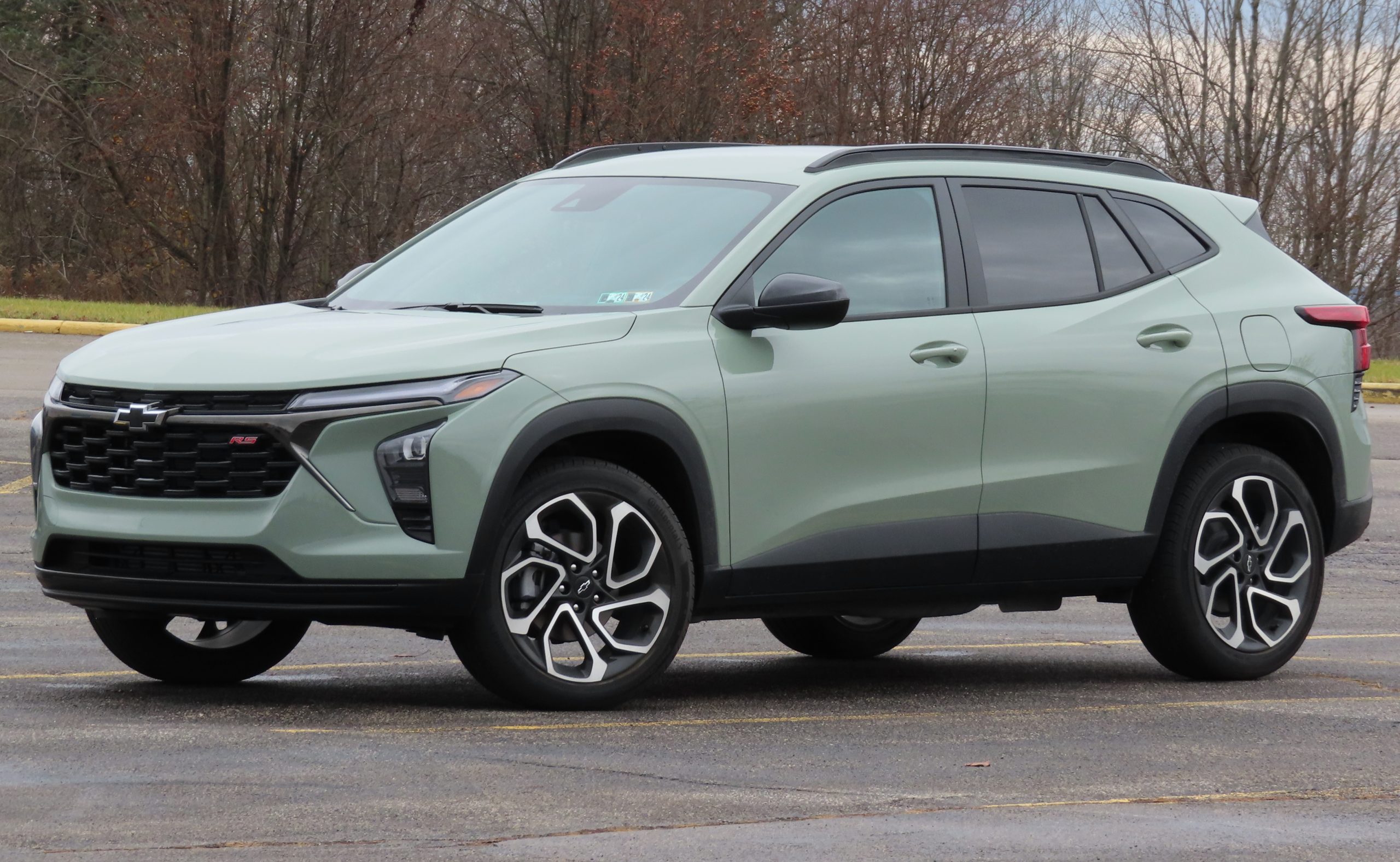
The root cause of Trax’s safety deficiencies can be traced to General Motors’ decision to prioritize cost savings over safety investments during the vehicle’s development.
The Trax uses a basic platform that was designed primarily for global markets with less stringent safety requirements, resulting in a structure that lacks the sophisticated safety features found in vehicles designed specifically for the American market.
This cost-cutting approach is particularly evident in the vehicle’s limited use of advanced high-strength steel in critical structural areas. The Trax’s restraint system also shows significant deficiencies that compound its structural weaknesses.
The vehicle’s airbag system, while meeting basic regulatory requirements, lacks the sophisticated deployment algorithms and advanced sensors found in safer competitors. The result is a system that may not provide optimal protection in all crash scenarios, particularly those involving smaller occupants or unusual seating positions.
The real-world impact of Trax’s safety deficiencies is reflected in insurance industry data, which shows higher injury claim rates compared to safer competitors.
This data validates the concerns raised by standardized crash test conditions and reinforces the importance of choosing a crossover with proven safety credentials.
For families considering the Trax, the potential savings in purchase price must be weighed against the significantly higher risk of serious injury in the event of an accident.
5. Toyota 4Runner
The Toyota 4Runner, while renowned for its off-road capability and rugged reliability, represents a concerning example of how traditional body-on-frame construction can compromise safety in modern driving conditions.
Unlike most crossovers that use unibody construction optimized for crash protection, the 4Runner’s truck-based architecture creates fundamental challenges for occupant safety that cannot be easily addressed through incremental improvements.
The vehicle’s safety shortcomings are most apparent in its poor performance across multiple crash test categories, making it a concerning choice for families prioritizing safety.
The 4Runner’s most significant safety weakness lies in its basic body-on-frame construction, which creates a structure that is inherently less capable of managing crash forces compared to modern unibody designs.
The vehicle’s performance in standardized crash tests has been consistently poor, with the passenger compartment showing significant intrusion and occupants experiencing dangerous levels of force.
This poor performance is particularly concerning given the vehicle’s marketing focus on active families who may be more likely to encounter the types of crashes where the 4Runner performs poorly.
The root cause of the 4Runner’s safety deficiencies can be traced to Toyota’s decision to maintain an older platform that was designed primarily for durability and off-road capability rather than crashworthiness.
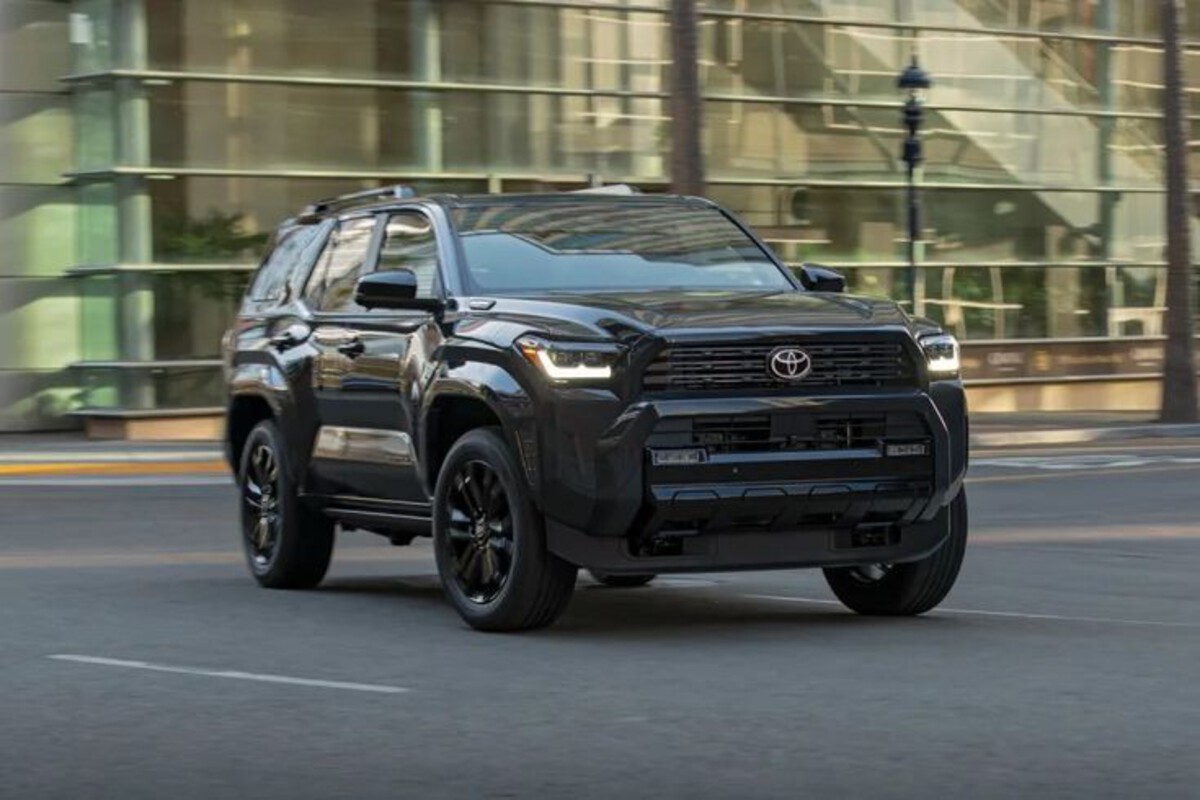
The vehicle’s separate frame and body construction creates additional challenges for crash energy management, as forces must be transferred between the frame and body structure. This fundamental architecture limitation is compounded by the vehicle’s high center of gravity, which increases rollover risk in emergency maneuvers.
The 4Runner’s restraint system also shows significant deficiencies compared to modern crossover competitors. The vehicle’s airbag system, while meeting basic regulatory requirements, lacks the sophisticated deployment algorithms and advanced sensors found in safer crossovers.
The result is a system that may not provide optimal protection in all crash scenarios, particularly those involving smaller occupants or unusual seating positions.
The real-world impact of the 4Runner’s safety deficiencies is reflected in insurance industry data, which shows higher injury claim rates compared to safer competitors.
This data validates the concerns raised by standardized crash testing and reinforces the importance of choosing a crossover with proven safety credentials.
For families considering the 4Runner, the vehicle’s reputation for off-road capability and reliability must be weighed against the significantly higher risk of serious injury in the event of an accident.
Also Read: 5 AWD Cars With No Transfer Case Problems and 5 That Grind and Fail

